What is it?
This is genuinely unique offering in the premium compact car class, thanks to Mercedes-Benz's ceaseless niche-busting - something that could gradually come to an end as the brand seeks to trim costs.
So let's celebrate (or be confused by) the properly extensive choice that Mercedes offers at the compact end of its range. Seven different bodystyles, all based on the same platform and some treading on each other's toes: for example, there's now the A-Class Saloon as well as the Mercedes-Benz CLA saloon.
What we're driving here, however, doesn't clash with anything. That's because, in essence, the CLA Shooting Brake faces only one other svelte, sporting, small estate: the Kia Proceed. But there's no plug-in hybrid version of that, so this booted CLA 250e is in a class of one.
We're already pretty familiar with the second-generation Mercedes-Benz CLA itself, and we've also sampled the 250e's petrol-electric powertrain in the A-Class hatchback. So we'll keep the summary short.
Propelling the coupé-cum-estate with petrol is the now-familiar 1.3-litre four-cylinder turbocharged unit co-developed with Renault and Nissan. The 156bhp from that is given a healthy boost by a 100bhp electric motor. But, unlike in some hybrids, where the EV motor drives the alternate axle to the engine for four-wheel drive, all the power here is sent through the front axle.
With some rearranging, including a repositioned and smaller fuel tank (down to 35 litres), engineers have wedged in a 15.6kWh gross (10.6kWh useable) lithium ion battery under the CLA's rear seats. That's good for a strong claimed electric-only range approaching 43 miles.

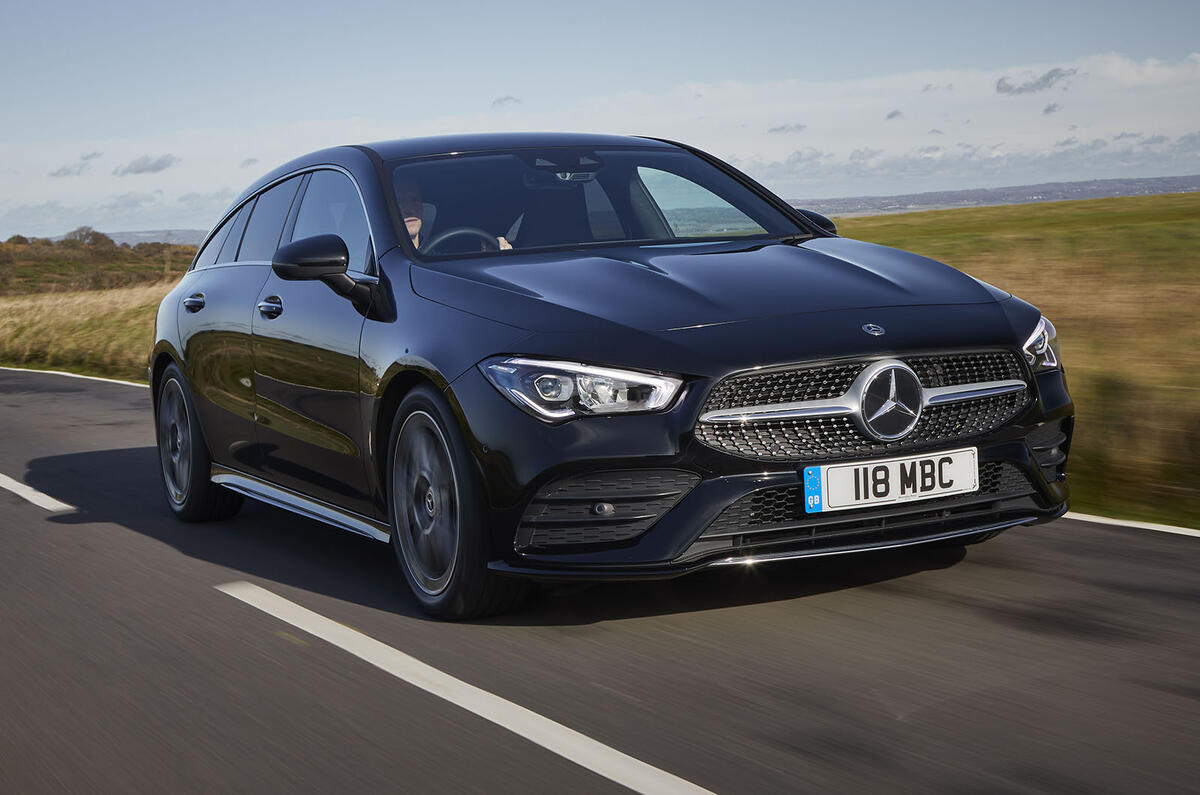





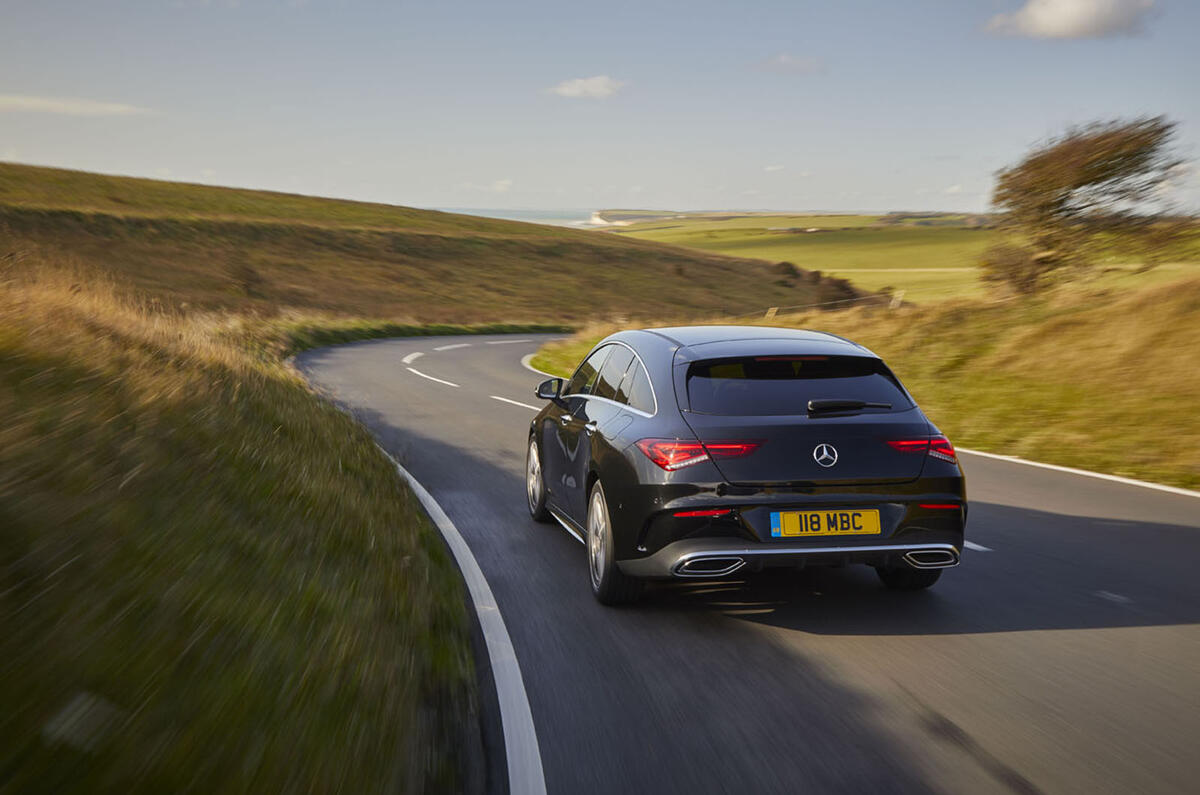



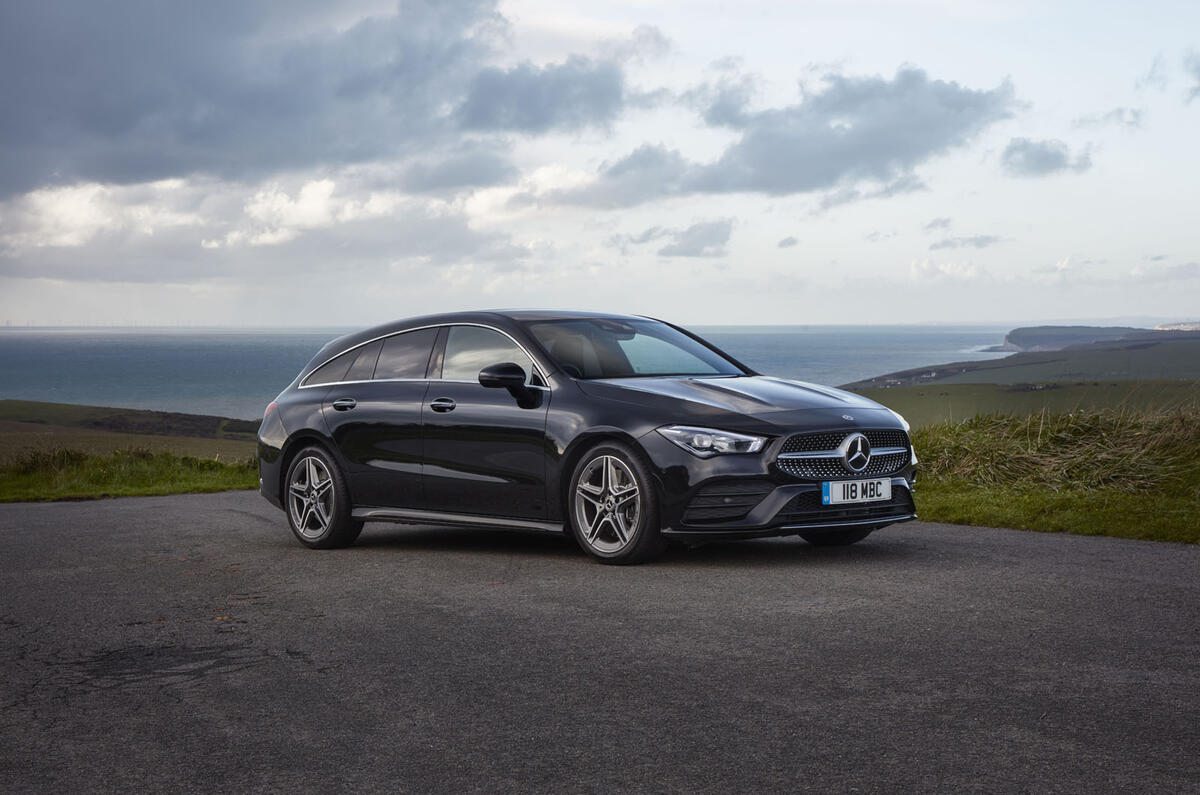
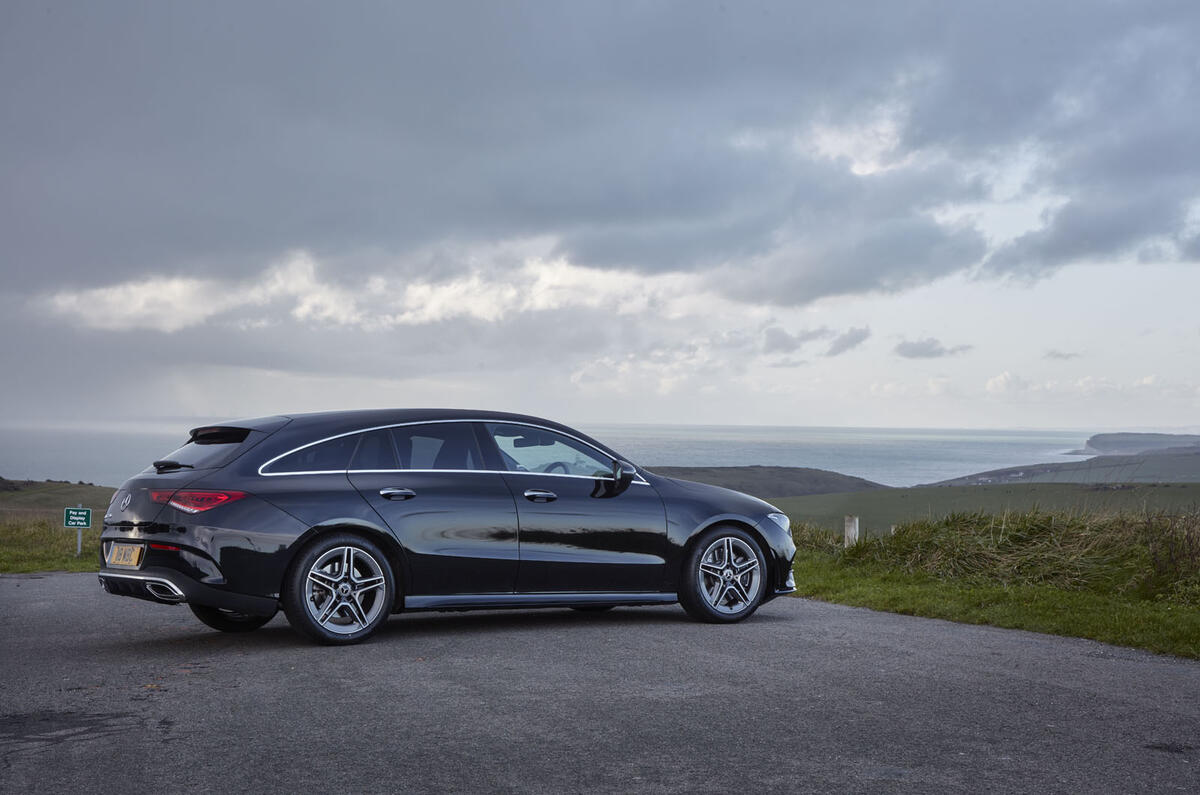




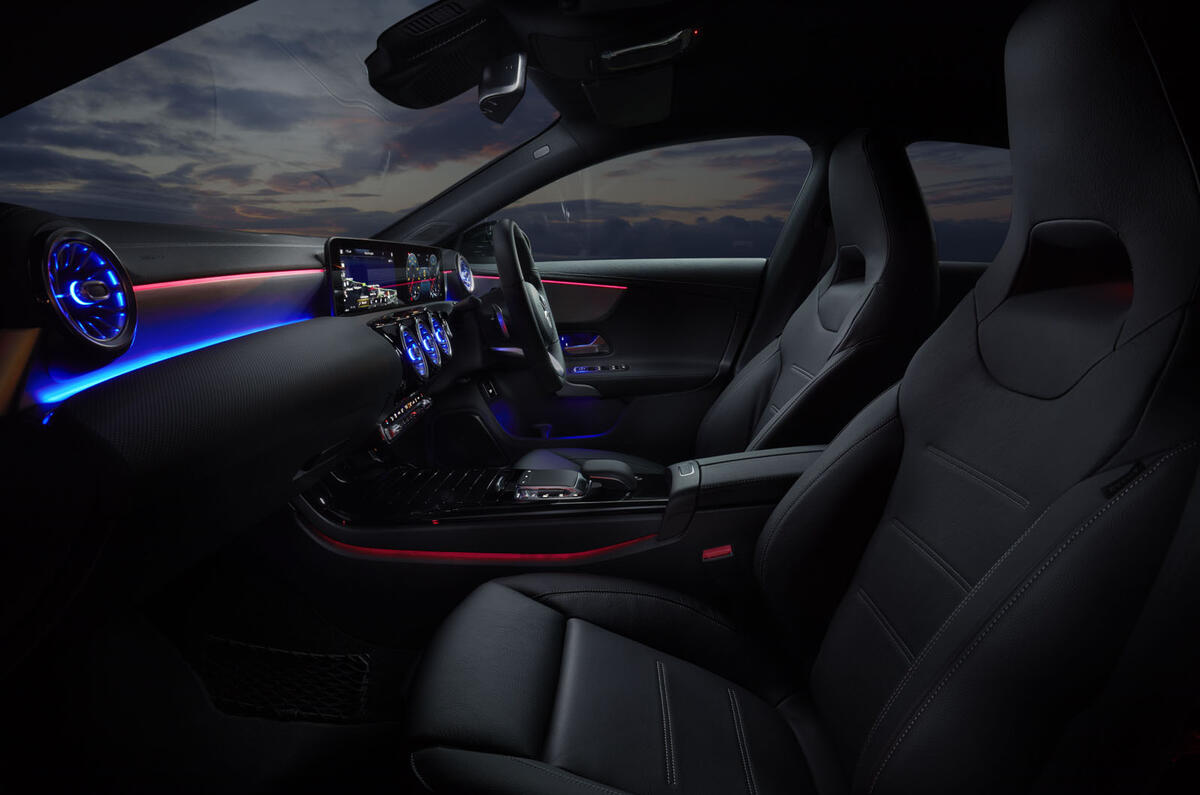



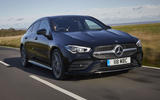






















Join the debate
Add your comment
Awful to look at. Just why would you?
Surely the Peugeot 508 is
Surely the Peugeot 508 is another rather small estate car available as a PHEV, so hardly a car with no competitors.
A 'PHEV' in the UK seems purely for company car drivers. Do the make any sense to private buyers anywhere outside the UK?
I drove one of these today
I drove one of these today and in the real world its absolutely fine. In pure ev mode its nippy enough in traffic and in sport mode its noisy under hard acceleration if joining the motorway but its bloody quick. Real world mpg is around 75 in ev mode but of your commute is upto 20 miles each way you won't need the engine. That said its not a b road car and if that's what you want then I think a phev isn't for you and a 320i or 330i are definitely smoother when accelerating. But they are going to cost you twice as much in petrol.